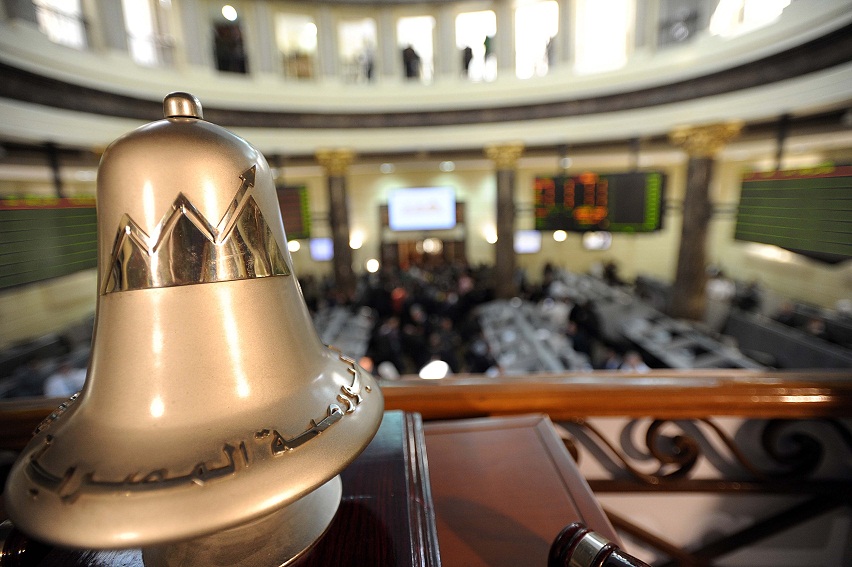Situated in one of the oldest, poorest and busiest areas in Cairo is the district of the Seven Churches. Built around the ruins of the Babylon Fortress, this district is believed to be the place where the holy family walked during their refuge in Egypt.
Serpentine narrow alleys, lined with old, white stones walls and houses that illustrate Cairo’s long history, lead you between the area’s seven churches to ancient cemeteries.
Step by step, the noise of busy streets, merchants, and workshops begins to fade as the path leads to the Greek Cemetery. It is not gloomy, walking amid the tomb stones, and the carefully carved Gothic statues and crosses that mark the final resting place of the old Greek Orthodox families, but rather calm and serene.
“Most of the Greek families left,” said Salah, who has been working in the cemetery for the last 40 years, tending to the dead. He estimates that there about 50 families left in Egypt. “Those still visit their dead.”
Just a narrow alley, filled with bazaars and bookshops, separates the Greek Cemetary from the poorer Coptic Orthodox Cemetery on the other side of the district.
St. Berbara’s Coptic Orthodox Cemetery is one of the oldest in Cairo, believed to be built around the 5th Century.
Like their Pharaoh ancestors, Copts don’t simply bury their dead. Rather than rows of tombstones, the graveyards is filled with one story rooms, guarded with religious icons, statues, and rusty locks where the bodies are kept safe from theft.
Down the pathways and ruins of un-visited tombs and withering flowers, there’s a remarkable tomb that speaks of a great love long lost.
The red bricks of the tomb’s walls are all covered in written messages left by one faithful husband for his late wife – messages of longing, of birthday memories, and of missed milestones, such as the graduation of the couple’s daughter. The long conversations span what seems to be years.
















